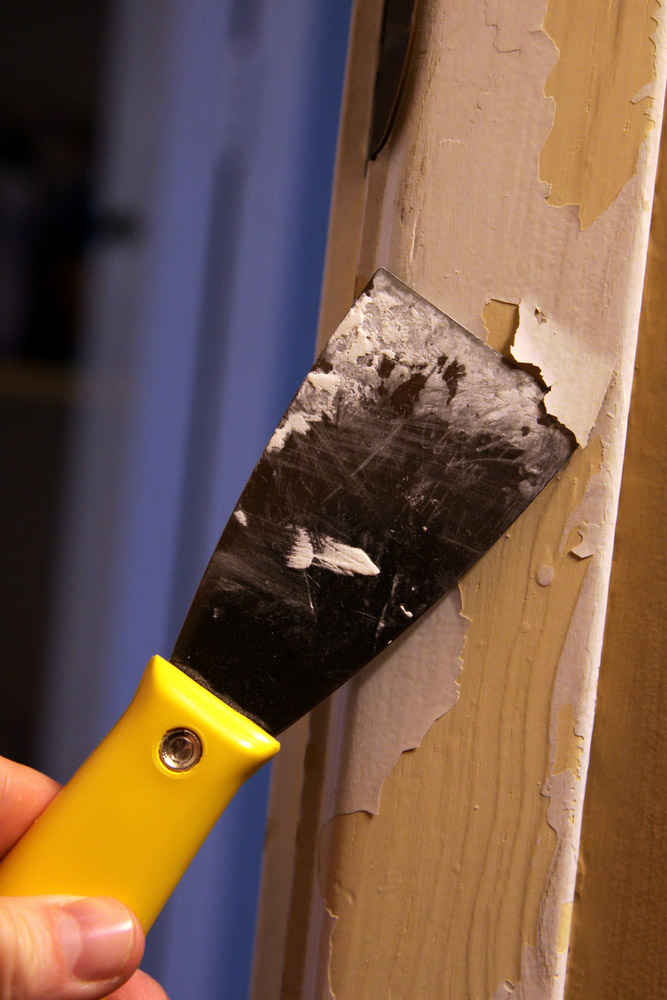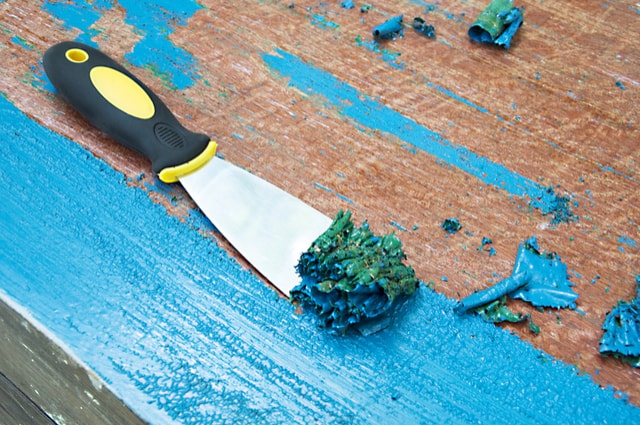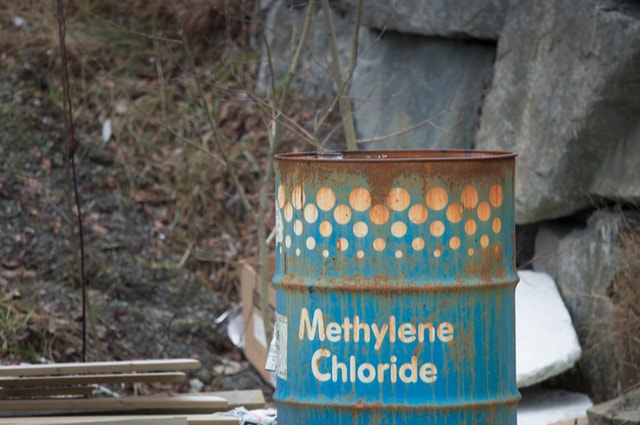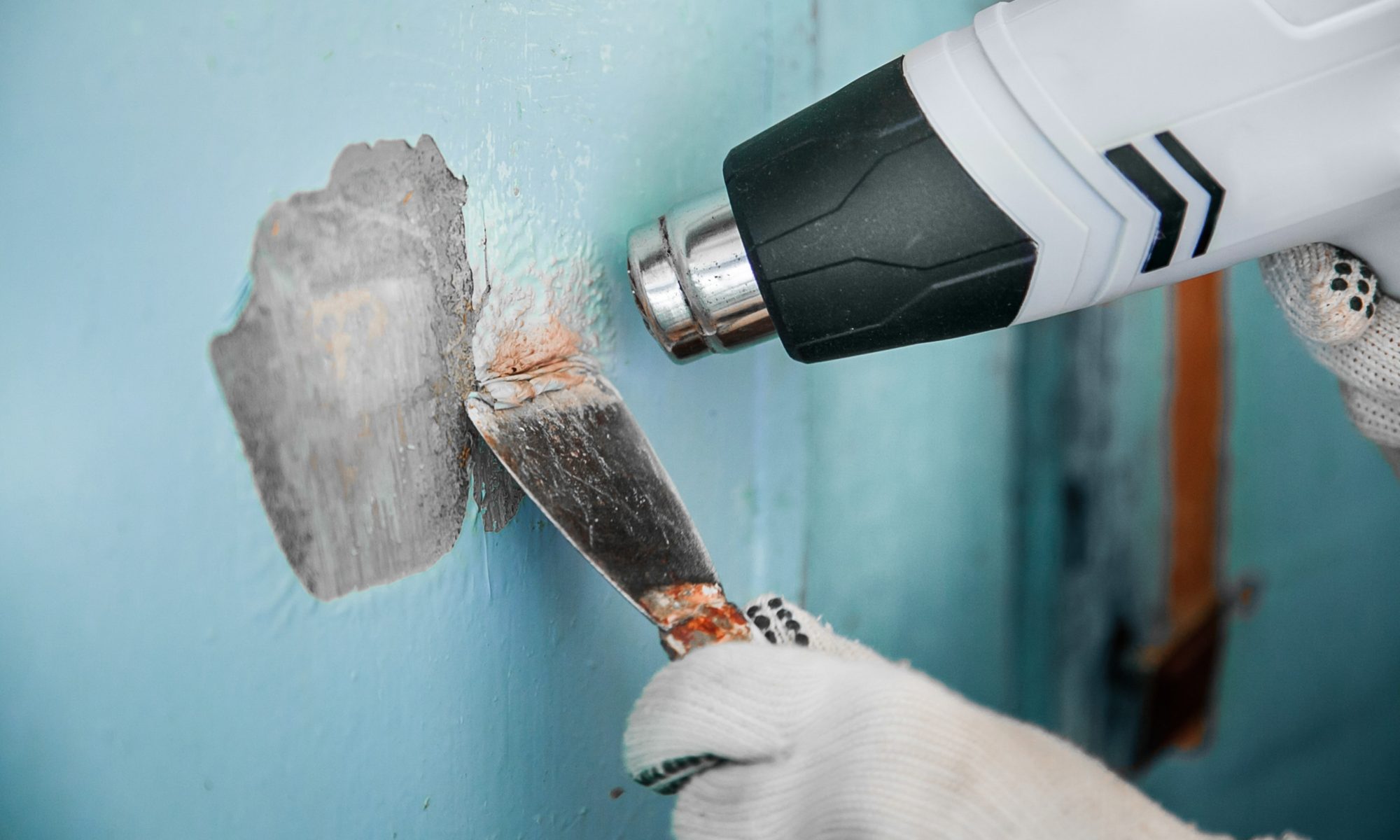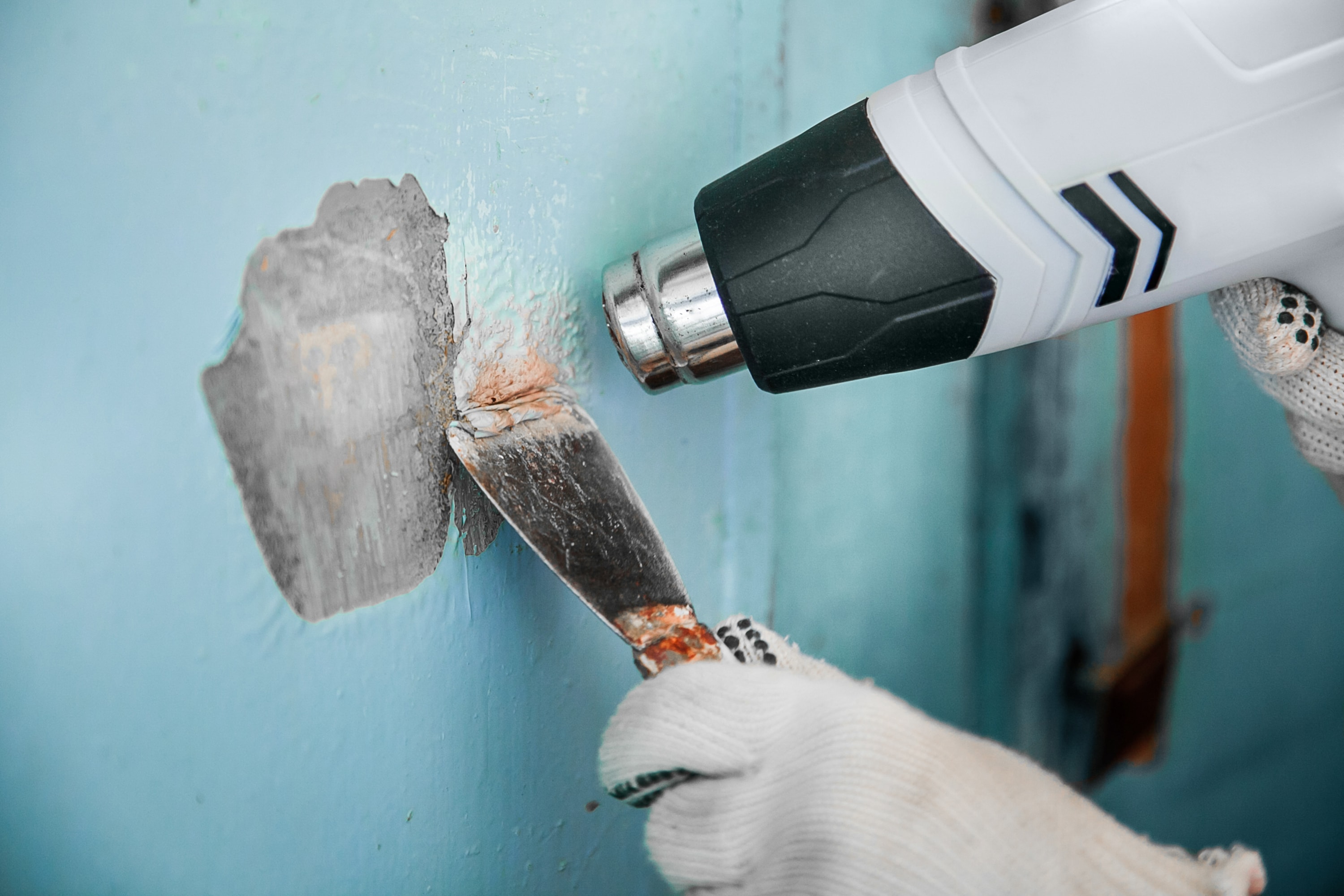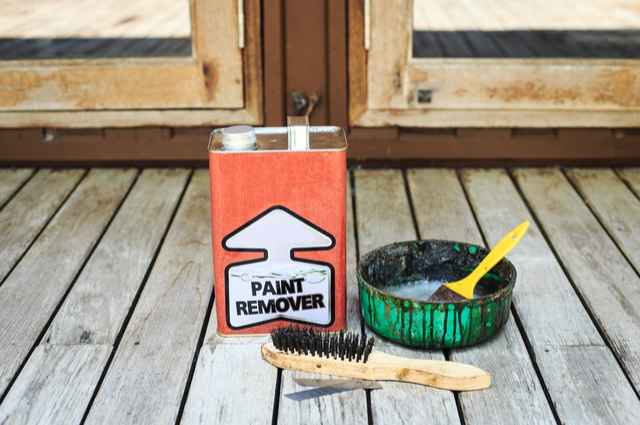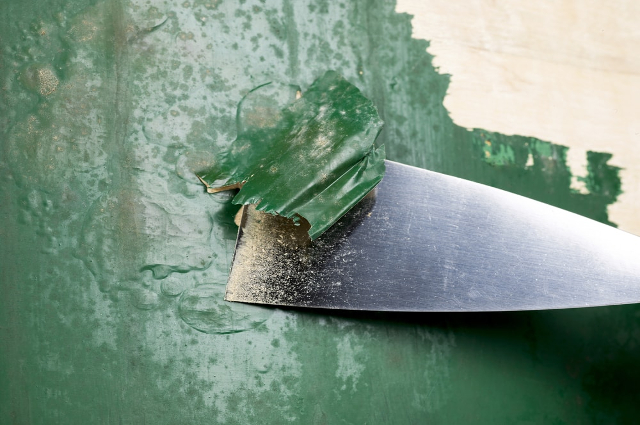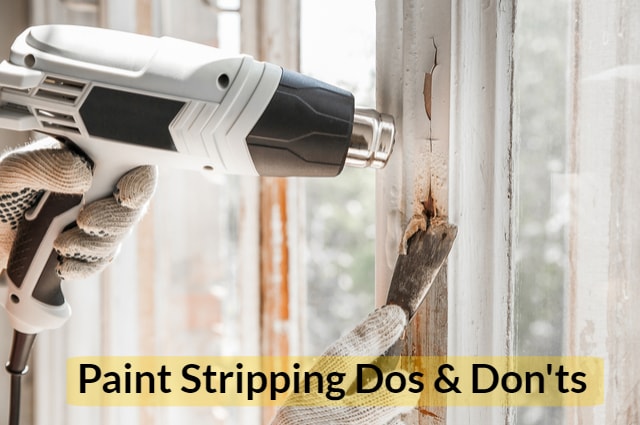
Paint striping involves the process of paint removal from a surface. The removal can be done through various methods which include scraping, electrical removal and chemical removal. Nevertheless, the chemical removal is the most preferred method for its ease of use and effectiveness.
The Dos of Paint Removal
Always buy and use the right stripper that will fit in your job. For every material, there is a suitable stripper that can be used on it. There is also a big distinction between strippers when it comes to pains, stains and other kinds of finishes. Always wear glasses to prevent the paint particles from entering into the eyes. These particles can be harmful and painful if they get into the eyes. Do wear gloves when removing paints. That’s necessary for your health. Some of the paints are harmful in case they get in contact with the stains and removing chemicals. When paint stripping, do it evenly by applying the stripper from the upper part to the downwards. The strippers will smoothly flow and distribute in a better way. If the items to be stripped are movable, do it from the outside as most of the strippers operate well under sun’s heated temperatures. Always remove the paint in without rushing. It is good to read and follow the steps that may come with your purchased stripper. For instance, you are supposed to wait for the chemical remover to soak before you start stripping. It ensures it effectively softens the surface to be removed.
The Don’ts of Paint Removal
Do not hurriedly handle paint stripping; you may find that some parts are not attended while others have an excess of it. That would be wastage. It’s necessary to have a professional do it for you. Do not use stains meant to remove some other finishes to remove pains. Such a practice will lead to poor effectiveness or and wastage since there are strippers made for paint removal specifically. Do not cause damage while stripping the paints.
You have to be careful when removing the colours. For instance, if you are sanding, you have to do it in a manner that doesn’t affect the flatness and originality of the surface. Don’t remove paints with hands or nails. At times, the dry paints may even be hard enough to cause damages. For instance, sharp portions of the removed paints may even cut into your skin. These paints can be dangerous to health, especially if they contain lead chemicals. Do not use materials that may affect the contents being under paint removal. Use of plastic cannot bring much damage. Do not use the strippers indoors. Some are powerful and may cause health hazards to you. It’s better to hire professionals to do it for you; they usually have protective mechanisms such as clothing and helmets.
Best Paint Removal Alternative
Paint stripping involves a simplified process of paint removal. However, the process requires a lot of care to avoid wastage, damage and health hazards. It’s recommendable to hire Premium Door Stripping‘s services to prevent potential problems and worries while you just await the best results.




